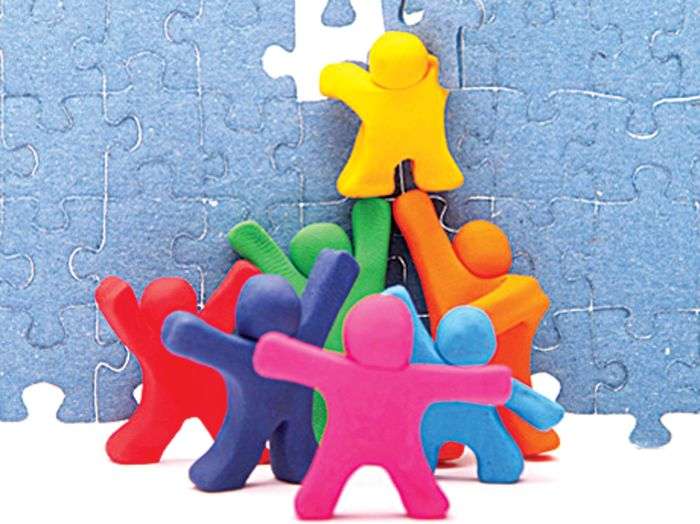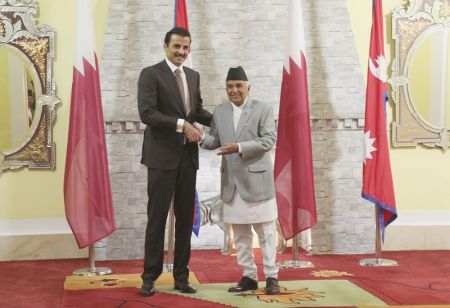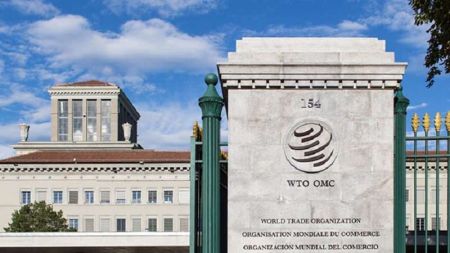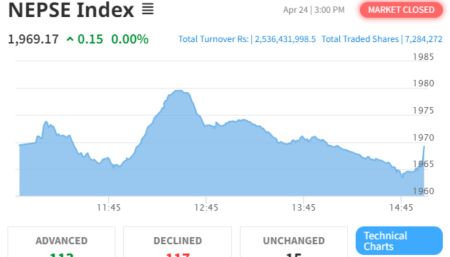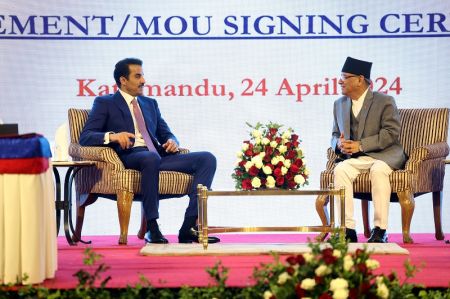--By Vaijayanti Khare
Start-ups, small and medium business units and conglomerates – all are effusive in their use of the T-word: Team. Perhaps, not a single interview, meeting, business planning, target setting or review goes without the sound of this word and its derivatives like team work, team spirit and all. It is fashionable to claim to being a team-worker and it is imperative for leaderships to chant it. Be it as it may be, there is no gainsaying that the usage has worn thin its genuine promise. It is time we put value and commitment back into the Team.
Effective teams at the Top and the Bottom, from Front end to Back end and All the co-ordinates in between are the gossamer thread that holds together success; the thread that is delicate as silk and hard as steel. The top team is as essential as the team on the lowermost rung of the organisational ladder. Every department is an operational team and within each unit is the functional team and so on. The significance lies in ‘systems that bring in true team work and build teams to last’.
The popular business press is infatuated with senior leadership, pin-ups of chief executive officers and icons of heroic leadership. Every cover page is lit with the face of a business house scion and the pages within show more of the same. To be sure, a single person can make a difference at times, but even such heroic CEOs as General Electric's Jack Welch emphasise the power of team leadership in action. As Welch himself said, "We've developed an incredibly talented team of people running our major businesses, and, perhaps more important, there's a healthy sense of collegiality, mutual trust, and respect for performance that pervades this organisation."
Increasingly, the top team is essential to the success of the enterprise. Indeed, Welch is celebrated not only for increasing GE's revenues nearly sevenfold in his 20-year tenure but also for building one of the world's strongest executive talent portfolios, which has provided new leadership for many Fortune 500 companies besides GE. So despite the obsessions of the business press, senior executives, shareholders, and boards of directors question the myth of heroic leadership.
Merely bringing in a new CEO to reshape an organisation will tend to show mixed results. In reality, long-term success depends on the whole leadership team, for it has a broader and deeper reach into the organisation than the CEO does, and its performance has a multiplier effect: a poorly performing team breeds competing agendas and turf politics; a high-performing one, nurtures organisational coherence and focus. Often, however, the leadership team is at best a collection of strong individuals who sometimes work at cross-purposes. What does it take for senior managers to gel as a team?
To meet that goal, teams have to master three dimensions of performance. First, they require a common direction: a shared understanding of goals and values. Second, skills of interaction are crucial if the team is to go beyond individual expertise to solve complex problems and, equally, if it is to withstand the scrutiny of the rest of the organisation, for people usually take their cues from the top. Finally, top teams must always be able to renew themselves—to expand their capabilities in response to change.
One reason for the difficulty of improving a team's performance is that interaction, direction, and renewal are interdependent—teams need to go forward simultaneously on all three fronts to make real progress.
The use of teams has become essential to successful organisations of all types and sizes. Teams benefit organisations by combining people who can achieve goals faster and more effectively through collaboration than can individuals working alone.
Organisations often use teams to bring together individuals from different departments or functional areas in order to conduct their operations and address problems. They may turn to teams to make the most efficient use of their employees and other resources. Small organisations—especially start-ups—may be made up entirely of a single team on which everyone works jointly to achieve a common goal.
Changes in technology, such as lower costs, ease of use, and increased availability, now make it easier to form teams and accomplish teamwork. For example, technology allows workers in different locations to communicate and collaborate - as a virtual team. Collaborative tools such as Google Docs, as well as video-conferencing applications such as Skype, are available at low or no cost. Common technology infrastructures such as communications and data networks link people and allow them to share documents and other teamwork products effectively.
The increased globalisation of work also accounts for the increased use of teams. Many of the challenges faced by global companies create a need for broader expertise and knowledge when decisions are made.
A large company with divisions around the world can form teams that bring together people with the necessary background and skills to achieve its goals. Doing so enables the organisation to make use of expertise and skills regardless of where it is located. Operating globally also creates opportunities to combine the efforts of employees working on similar projects to avoid duplication and create synergies.
An organisation may use different types of teams depending on the work that needs to be accomplished to meet its goals. Common teams include project teams, virtual teams, and cross-functional teams. Project teams are created for a defined period of time to achieve a specific goal. Virtual teams have members who work in separate locations, often geographically dispersed. Cross-functional teams bring together people with diverse expertise and knowledge from different departments or specialties.
Depending on its needs and goals, a company may use different types of teams. Some efforts are limited in duration and have a well-defined outcome. Other work requires the participation of people from different locations. Still other projects depend on people with a broad and diverse range of knowledge and expertise.
Teamwork creates higher quality outcomes that are more efficient, thoughtful, and effective, as well as faster. Individuals benefit from teamwork through mutual support and a great sense of accomplishment. Teamwork creates outcomes that make better use of resources and produce richer ideas. Teams draw on the efforts of many contributors, thus often complete tasks and activities in less time.
Because team members can rely on other people with shared goals, they can receive assistance and encouragement as they work on tasks. Such support can encourage people to achieve goals they may not have had the confidence to have reached on their own.
When members of a team collaborate and take collective responsibility for outcomes, they can feel a greater sense of accomplishment when they achieve a goal they could not have achieved if they had worked by themselves.
The total value created by teamwork depends on the overall effectiveness of the team effort. While we might consider simply achieving a goal a benefit of teamwork, by taking advantage of what teamwork has to offer, an organisation can gain a broader set of benefits.
Teams must assess their own performance regularly and honestly. Every senior team should also dedicate several working sessions a year to issues such as technology, changing demographics, political and environmental pressures, and emerging themes from management literature that have little bearing on the next quarter but could reshape the enterprise and the team itself during the next five years. Teams should also explore unexpected successes and interesting failures inside and outside their organisations. They ought to travel, both physically and intellectually, outside their own regions and industries to see how they have tackled similar challenges.
Vaijayanti Khare is known for her dynamic engagements in the corporate, academic, social and development fields in Kathmandu over the past decade. Her writings are a reflection of her hands-on work, insights, studies, success and challenges.


